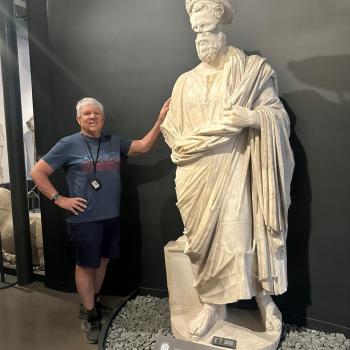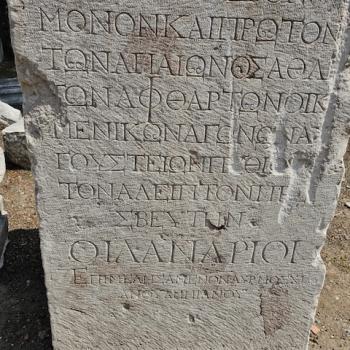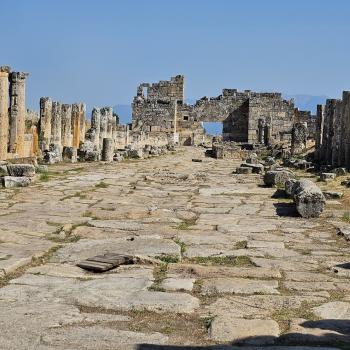Like many eastern European cities, there was a large Jewish population in the city prior to the Holocaust in WWII, and the sending off of millions to the concentration camps, of which there were two in Czechoslavakia. What you see in Praha then are old synagogues, mostly museums these days, though there is still some Jewish presence in this city. Here are pictures of three such famous synagogues in Praha.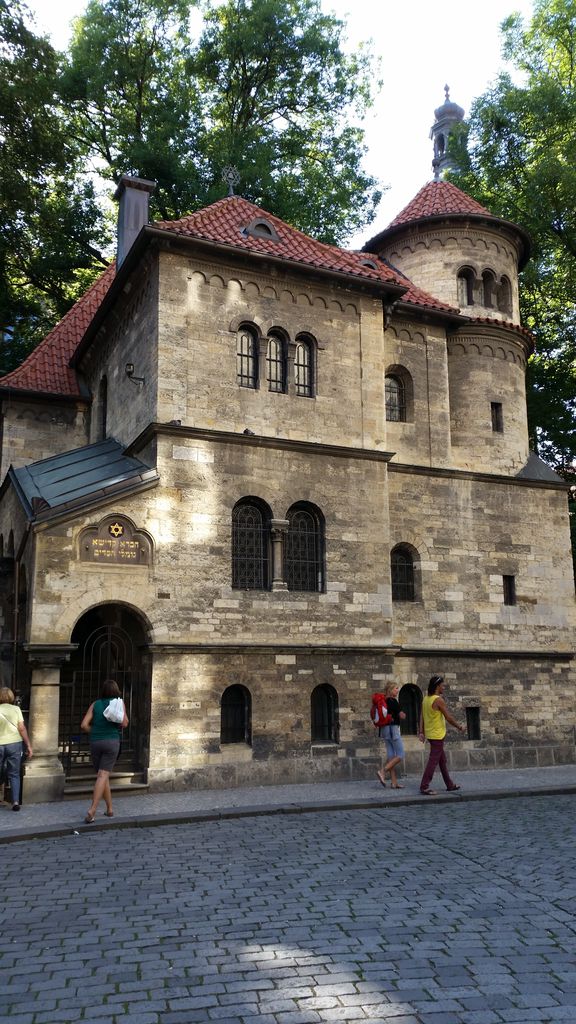
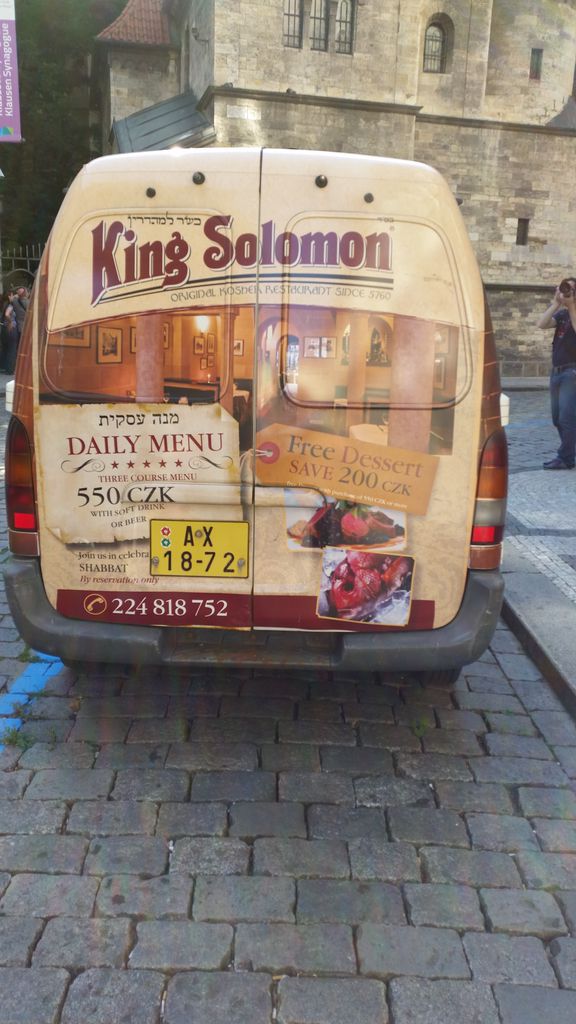
Clearly from the size and design of these synagogues, the Jews in Praha were a thriving community with considerable wealth.
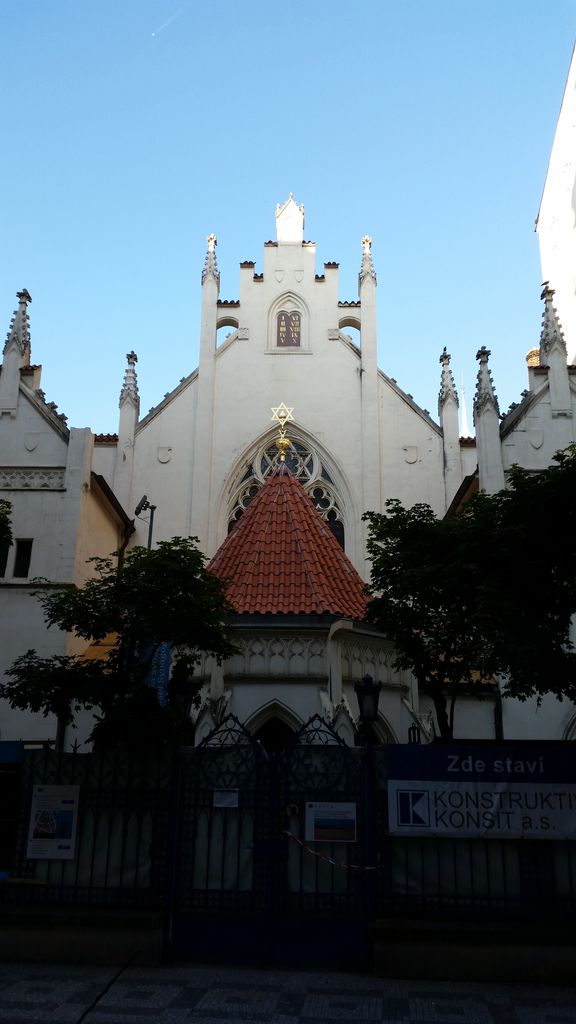
The most impressive and imposing of the three synagogues is this one, which is also the oldest.
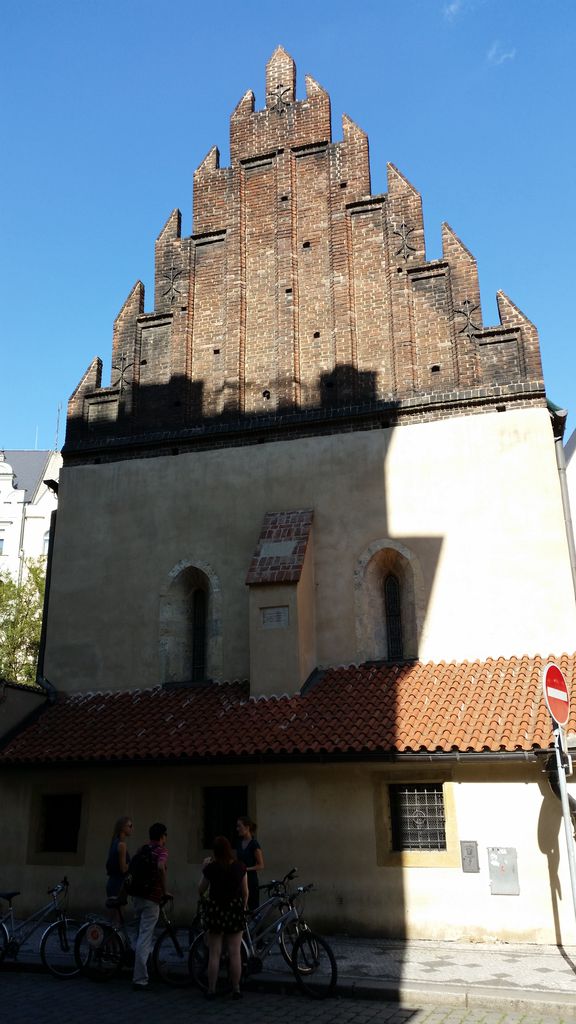
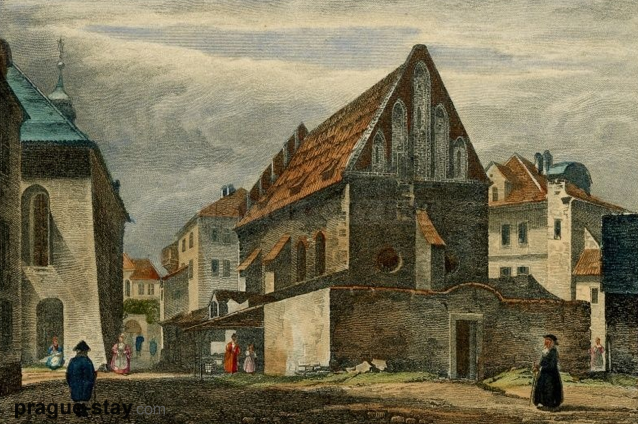
This last synagogue is called the Old-New synagogue, and the other famous one is called the Jerusalem synagogue. There are still services at these synagogues. The reason these synagogues are close together is because there was a Jewish quarter in this city, as in Vienna as well. It was indeed, in the worst of times, a ghetto. Here is the report from Wiki on the Josevof area of Prague..
“Jews are believed to have settled in Prague as early as the 10th century. The first pogrom was in 1096 (the first crusade) and eventually they were concentrated within a walled Ghetto. In 1262 Přemysl Otakar II issued a Statuta Judaeorum which granted the community a degree of self-administration. In 1389 one of the worst pogroms saw some 1,500 massacred at Easter Sunday. The ghetto was most prosperous towards the end of the 16th century when the Jewish Mayor, Mordecai Maisel, became the Minister of Finance and a very wealthy man. His money helped develop the ghetto. Around this time the Maharal was supposed to create the Golem.
In 1850 the quarter was renamed “Josefstadt” (Joseph’s City) after Joseph II, Holy Roman Emperor who emancipated Jews with the Toleration Edict in 1781. Two years before Jews were allowed to settle outside of the city, so the share of the Jewish population in Josefov decreased, while only orthodox and poor Jews remained living there.
Most of the quarter was demolished between 1893 and 1913 as part of an initiative to model the city on Paris. What was left were only six synagogues, the old cemetery, and the Old Jewish Town Hall (now all part of the Jewish Museum in Prague and described below).
With only six synagogues, the old cemetery, and the Old Jewish Town Hall the Nazi German occupation could have been expected to complete the demolition of the old ghetto. However the area was preserved in order to provide a site for a planned “exotic museum of an extinct race”.[2] This meant that the Nazis gathered Jewish artifacts from all over central Europe for display in Josefov.
Currently Josefov is overbuilt with buildings from the beginning of the 20th century, so it is difficult to appreciate exactly what the old quarter was like when it was reputed to have over 18,000 inhabitants. Medieval Josefov is depicted in the 1920 film The Golem, composed of crampt, angular, squinted buildings, but this impression is used purely to convey the expressionist nature of the film.”
Without question, the most famous Jewish writer born and raised in Prague was Franz Kafka (1883-1924), famous for his short stories, especially The Metamorphosis. Warning, do not read that one right before bedtime. I can only imagine the stories he would have written had he lived in Prague during WWII.




